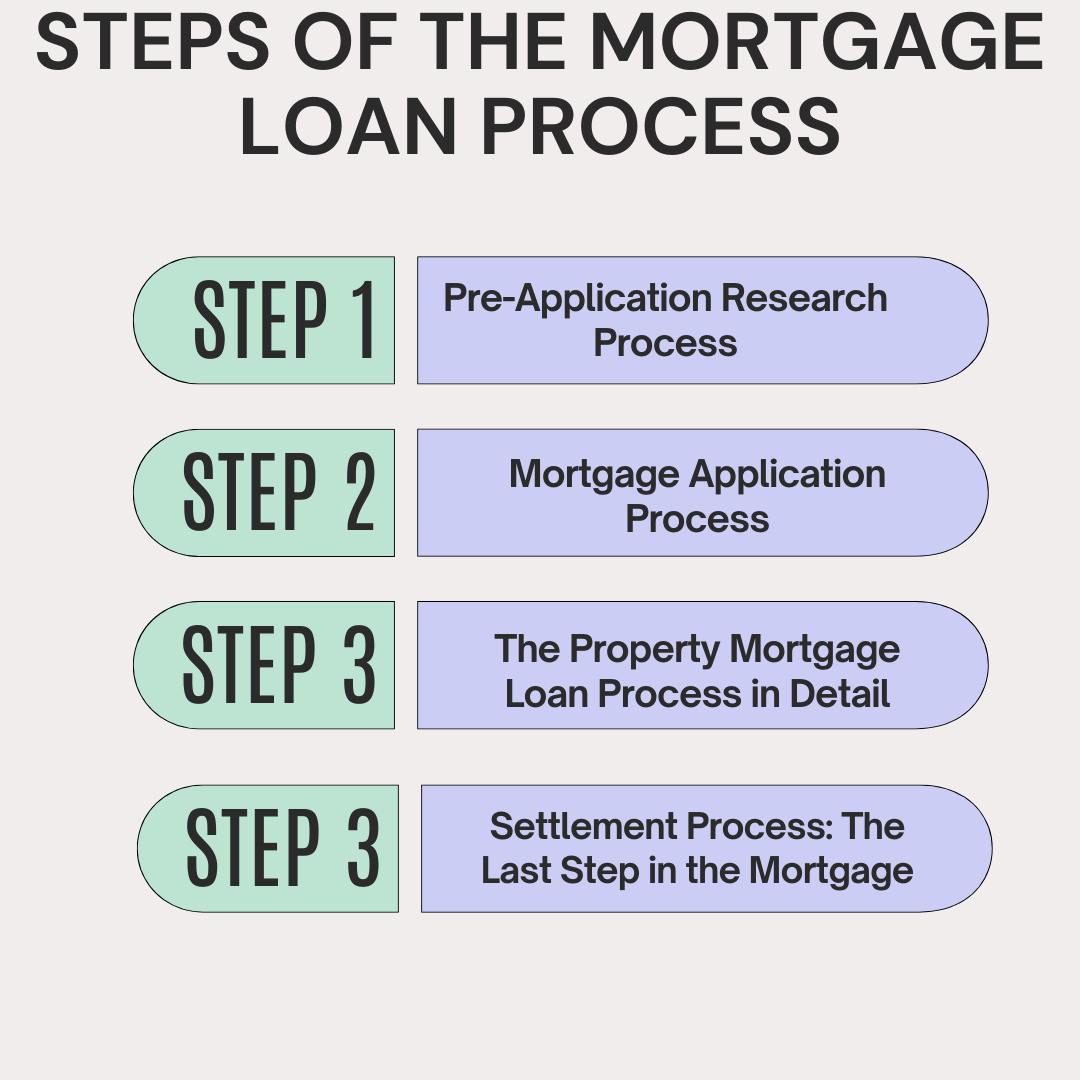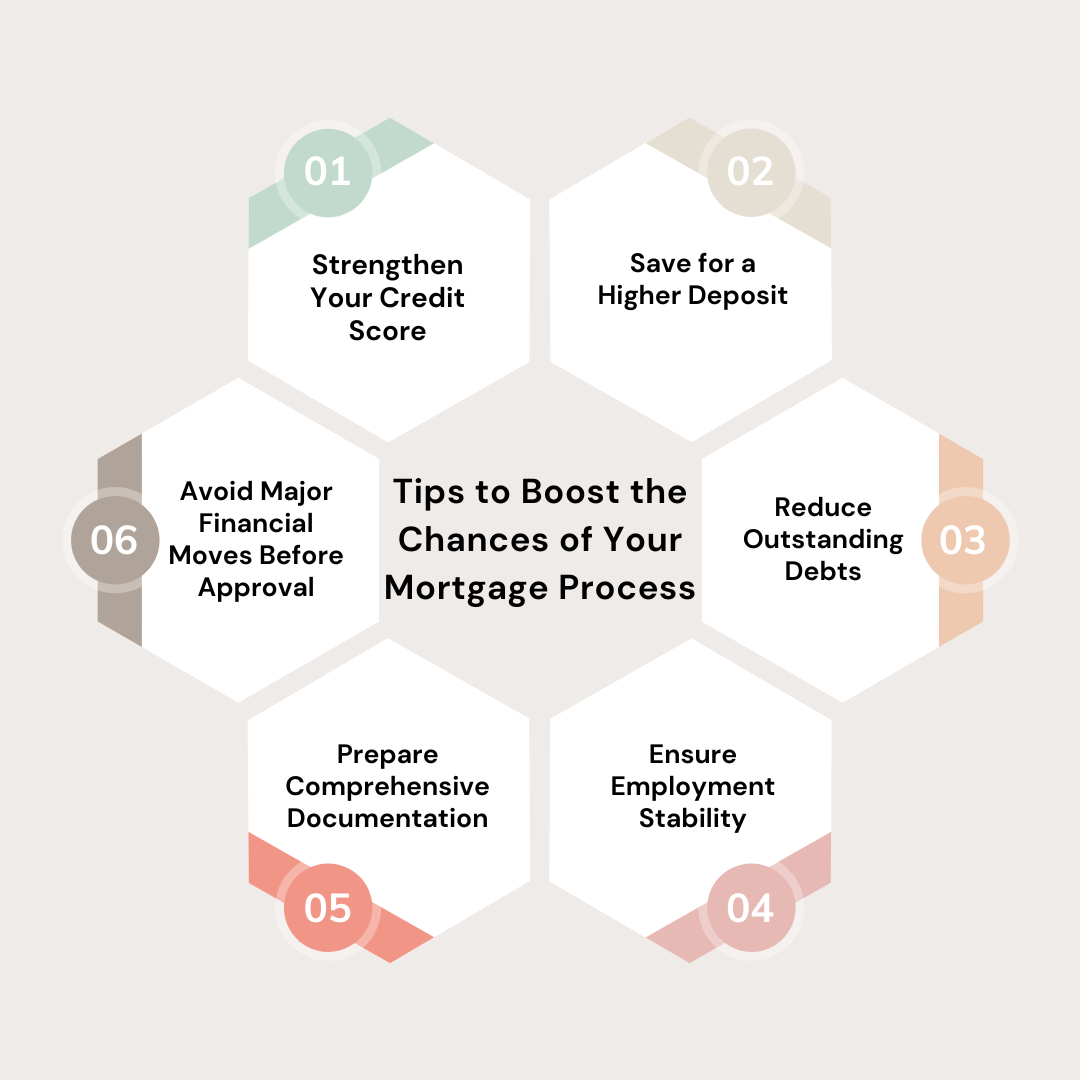
GET A FREE CONSULTATION TODAY!
Fill in the details, and our experts will contact you.

Submitting, please wait...
Join 1,500+ Businesses already Outsourcing Smarter with Aone Outsourcing Solutions. Save Time, Cut Costs & Stay 100% Compliant
Many Australians treat buying property as their most important financial accomplishment. Getting a mortgage is essential for Australians who have bought their first house or investment property, while planning to refinance. Many people describe the mortgage loan procedure as complicated because it uses advanced language, continuously requires additional paperwork, and has imprecise duration estimations. Buyers who lack appropriate guidance normally end up struggling with excessive requirements and avoidable delays.
The blog comprehensively explains mortgage applications by dissecting approval stages and demonstrating how outsourcing mortgage loan processing helps financial organisations operate more efficiently.
A mortgage loan is a kind of agreement (usually between a borrower and a lender) where the funds are provided by lenders to the borrower to purchase real estate. In return, the borrower agrees to repay the loan over time with interest, using the property as collateral. In Australia, mortgage loans are one of the most common ways individuals and families acquire residential properties. Given the high cost of property in cities like Sydney, Melbourne, and Brisbane, very few buyers can afford to pay for a home outright without a loan.
Hence, mortgages serve as the financial bridge that makes homeownership possible. Beyond residential use, mortgage loans are also used for investment properties, allowing investors to build portfolios and generate rental income.
Hence, mortgages serve as the financial bridge that makes homeownership possible. Beyond residential use, mortgage loans are also used for investment properties, allowing investors to build portfolios and generate rental income.
Mortgage Types in Australia:
|

Mortgage loans in Australia proceed through multiple phases, which require planning between the parties involved and proper paperwork documentation. The mortgage loan process in Australia begins with checking your financial health, then ends with ownership transfer through the final settlement. Let’s check it here.
1. Pre-Application Research Process
Getting a mortgage is all about preparation. Before discussing with a lender, you should know how financially stable you are. This process involves reviewing your credit score, calculating your borrowing power, all in one go. However, most of the time, lenders will choose a 20% deposit. However, you can obtain a loan with a lower deposit, but you will have to pay additional costs for Lender's Mortgage Insurance (LMI).
At this stage, you should also gather all relevant documents such as tax returns, payslips, bank statements, and identity proofs. Getting pre-qualified by a mortgage broker can also help you understand which loans you're eligible for and at what interest rates. Many applications fail or get delayed because borrowers underestimate the importance of preparation.
|
Pro Tip: You can use a mortgage broker or online calculator to check your monthly repayment and your affordability. |
2. Mortgage Application Process
After completing the homework, you are ready to start the mortgage application. Formal application for a loan can be made at this stage either with or through a bank or a mortgage broker. It requires you to submit all required documents: proof of income, employment history, liabilities and information about the property you would like to purchase. They then assess your capacity to pay back the loan based on vital metrics like your debt-to-income, credit score and employment stability.
The mortgage application process takes several weeks, depending on the lender’s internal procedures and how complete your documents are. It’s during this phase that many applicants feel frustrated due to the back-and-forth communication, especially if they aren’t fully informed about the process beforehand. Clear communication with your broker or loan officer can help reduce misunderstandings and avoid missed paperwork.
3. The Property Mortgage Loan Process in Detail
After your initial application has been submitted, the Property Mortgage Loan Process shifts focus to the property itself. Lenders must ensure the value of the property supports the amount you’re borrowing. To do this, a licensed valuer is assigned to appraise the home based on market trends, recent comparable sales, and the property’s condition. If the valuation comes in lower than expected, you may have to increase your deposit or renegotiate the purchase price. Next comes the assessment phase, where the lender scrutinises all aspects of your financial background again in greater detail.
If all goes well, you’ll receive conditional approval, which means you're likely to get the loan pending final verifications. Formal or unconditional approval is granted once everything checks out, including the valuation, contract review, and legal verification. This is often the most stressful phase for buyers, but it’s also the most critical because any hiccup here can derail the entire deal.
|
Pro Tip: A pre-approval gives you a clear price range and helps you negotiate confidently with sellers. |
4. Settlement Process: The Last Step in the Mortgage
The settlement begins once the formal approval is in place. When the legal and financial tasks are concluded to pass property ownership from the seller to you, this is the period. Once you sign the documents, your lender will finish preparing your loan documents and make sure your solicitor or conveyancer knows what is needed. These documents will be reviewed, and you’ll have to sign them, usually on a regular basis, including a direct debit arrangement for repayments. On settlement day, your lender pays the loan funds to the seller, and you become the property owner.
Settlement periods vary but are usually between 30 and 90 days in Australia. If you’re refinancing, the process is similar, but instead of buying a new property, the new lender pays off your old loan and registers a new mortgage. Regardless of the type, this final stage marks the culmination of the entire mortgage loan process, and proper preparation ensures a smooth transition.
The practice of mortgaging is common, but the insurance process can be regarded as a ‘minefield’ by borrowers. Borrowers, particularly those who are self-employed, have inconsistent income or have a patchy credit history, must overcome a vast number of hurdles to qualify for a loan. Despite a solid financial footing, strong applicants can get frustrated with the lack of communication with their lenders, follow-ups, and confusing updates of their status.
APRA and ASIC, introducing regulatory reforms, had added more layers of compliance which the lenders need to comply with, which adds more time to the processing. And the housing market is volatile in major cities, and borrowers have limited time to act before their loan even gets approved. This calls for improvement in communication, automation and efficiency in mortgage processing.

Whether you are a first-time buyer or you are refinancing an existing loan, getting approved for a mortgage is not only about filling out a form.
If you want to improve your approval chances and potentially secure better interest rates, here are some detailed tips you can follow:
1. Strengthen Your Credit Score: Your credit score is a very important factor in determining your loan eligibility. A high score signals that you are financially responsible and lowers your risk profile. In Australia, credit scores range from 0 to 1200. Anything above 700 is considered 'very good'.
How to improve it:
You should pay all bills and credit card balances on time.
You should not apply for multiple loans or credit cards in a short span.
You can check your credit report to check errors and request corrections if needed.
Lender Insight: Applicants with scores above 750 are more likely to be pre-approved and may qualify for lower interest rates.
2. Save for a Higher Deposit: While you can get a loan with as little as 5–10% deposit, lenders prefer 20% or more, especially if you want to avoid LMI (Lenders Mortgage Insurance). A higher deposit also shows financial discipline and reduces the lender’s risk.
Pro Tip: If saving for a 20% deposit feels out of reach, consider using a family guarantor arrangement or explore first home buyer grants offered by the government.
3. Reduce Outstanding Debts: Lenders assess your Debt-to-Income Ratio (DTI) to check how much of your income is already committed to debt repayments. The lower the ratio, the better your chances of approval.
What you can do:
Pay off personal loans or credit cards
Avoid taking on new debt (like car loans) before applying for a mortgage
Consolidate high-interest debts into one manageable payment
Insider Advice: Aim to keep your DTI under 6 to improve your mortgage affordability profile.
4. Ensure Employment Stability: Lenders favour applicants who have been in the same job or industry for at least 6–12 months. Stability indicates a consistent income stream, which reduces risk.
Tips for the self-employed:
You can keep your business financials up-to-date
You can work with an accountant to prepare clean, lender-friendly tax returns
You should avoid declaring low income to save on your taxes
Note: Some lenders offer low-doc loans for self-employed borrowers, but these options come with higher interest rates.
5. Prepare Comprehensive Documentation: One of the biggest causes of delays or rejections is incomplete or inconsistent documentation. Have all your financial documents ready and cross-verified before submission.
Include:
Recent payslips (at least 3 months)
Tax returns (past 2 years)
Bank statements (showing consistent savings and spending patterns)
ID documents (passport, driver’s license, Medicare card)
Efficiency Tip: Organise your documents in folders by category and keep digital scans ready to speed up submission to brokers or lenders.
6. Avoid Major Financial Moves Before Approval: Lenders closely monitor your financial activity during the approval period. Large transactions, sudden employment changes, or excessive spending can negatively impact your profile.
Avoid:
Switching jobs
Making large purchases (e.g., cars or furniture)
Opening new lines of credit
Final Word: Keep your finances stable and transparent after settling your loan.
The mortgage application process doesn’t have to be confusing or stressful if approached with the right knowledge and preparation. Understanding the full picture—from financial assessment to final settlement—gives borrowers the confidence to make the right decisions. Adopting modern solutions like outsourcing mortgage loan processing can improve the broker’s operational efficiency.
As the property market is developing and demand for home loans is rising, those who choose clarity, efficiency, and adaptability will find themselves ahead of the curve. Whether you're buying your first home or expanding your investment portfolio, a well-managed property mortgage loan process is your key to success.
At Aone Outsourcing Solutions, we believe smart businesses don’t just manage their accounting; they streamline their accounting process. With years of experience supporting accounting firms and businesses across the UK, USA, Canada, Australia, and Ireland, our team knows how to turn everyday financial processes into strategic advantages.
From bookkeeping and payroll to tax preparation, accounts payable, and compliance, we’ve helped firms simplify their accounting workflows, cut operational costs, and maintain complete accuracy at every step.
Because at Aone, your accounting success is the goal we care about most.
Aone Outsourcing Solutions
Content on this website is shared for general awareness and educational purposes only. It should not be taken as financial, accounting, taxation, or legal advice. At Aone Outsourcing Solutions, we do our best to keep all information relevant and accurate; however, we can’t promise that every detail is up to date or fits every business situation. Because regulations and compliance requirements can change, we encourage you to seek guidance from an expert professional before acting on any information on this site. Aone Outsourcing Solutions will not be responsible for any decisions made or losses incurred based on the material published on this website. For advice specific to your business needs, please get in touch with our team .
Special characters are not allowed.